A study at Yale University, called “Robots Reading Vogue,” looked into developing computer models that studied over 2,700 issues and 400,000 pages of Vogue Magazine. Gaining special and exclusive access to the Vogue archives, students worked with the magazines in hopes to find conclusions regarding gender studies and computer science.

One of my favorite experiments in this project regarded looking at the colors of the magazine covers. Yale titled this as “Slice Histograms.” They used the software Imagemagick to prepare 178,000 pictures and created code for them to be analyzed. In the end, they came up with a video that scrubbed through 110 years of magazine colors.
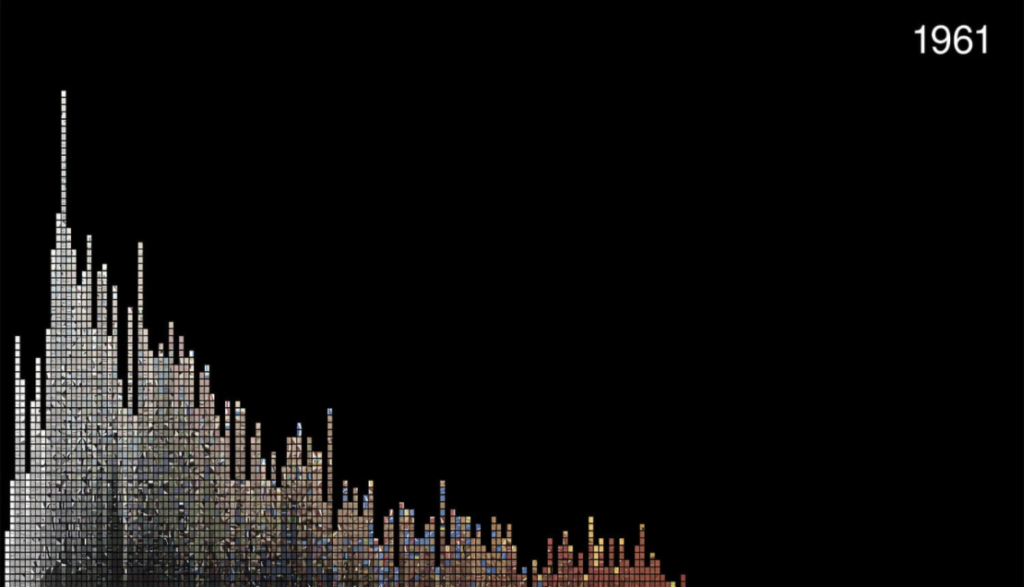
Another interesting experiment looked at the content of the magazine covers, more specifically speaking, the composition and layout of the people. The students overlaid cover upon cover, and had a computer remember common themes of placement, design, and layout. Some of the pictures turned out like the following:
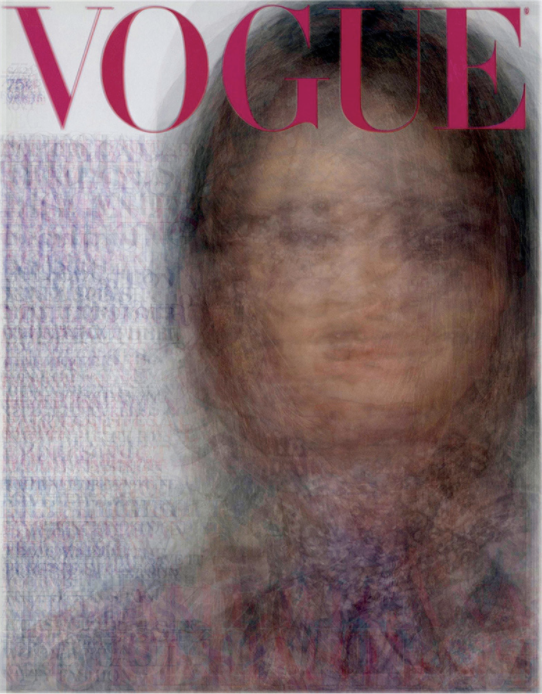
1970s 
1980s 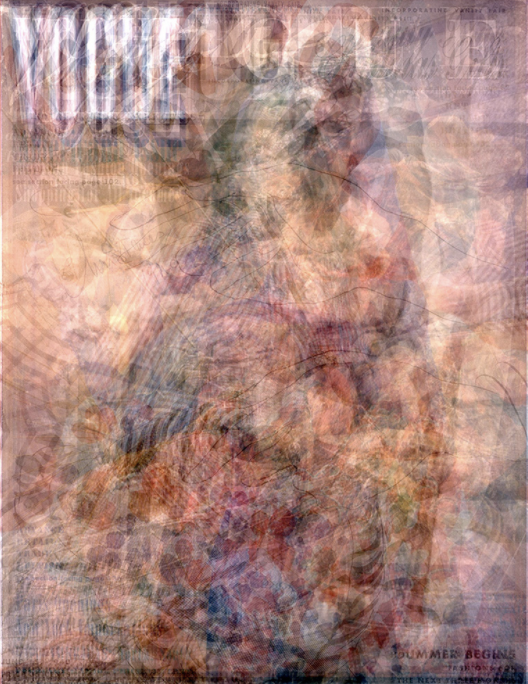
1940s 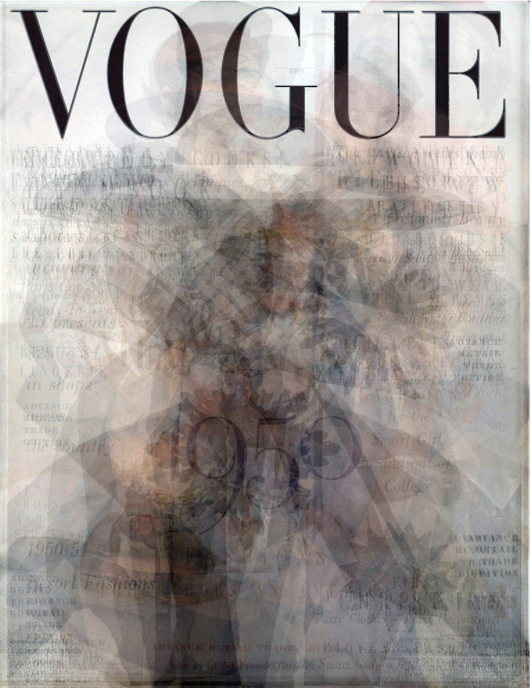
1950s
Those two experiments focused more on computer science rather than gender studies, unlike the “Topic Modeling” tests. These tests utilized a computer to record the most common themes and topics within the magazines. These tests could be more linked the gender studies because the results are descriptive of what popular subjects lie within Vogue.
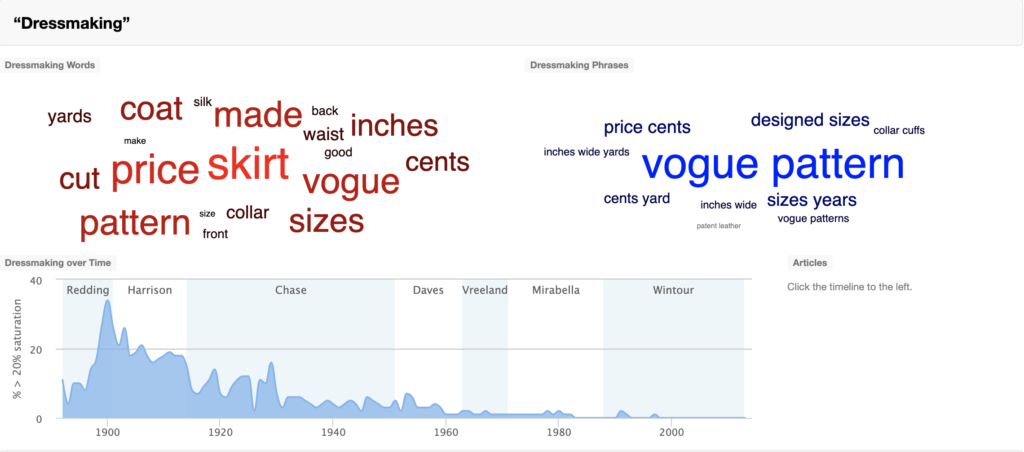
The tests done in this study have great potential to be used in many different fields. Let’s take marketing for example. Tests like the average magazine covers and topic modeling could be studied further in reference to magazine sales, popularity, and public perception. Could a certain trend in topics or magazine cover composition correlate to an increase of decrease of sales? Would changing covers to a black and white color for the next couple of years lead to more popularity and critical acclaim?
Digitizing printed Vogue covers has shown to be capable of processing enormous amounts and presenting them in a way that’s modern, efficient, layman, and useful.

Hi Byron! I liked the questions you proposed at the end – super interesting to think about how experiments with one magazine can help us understand apparently unrelated things.